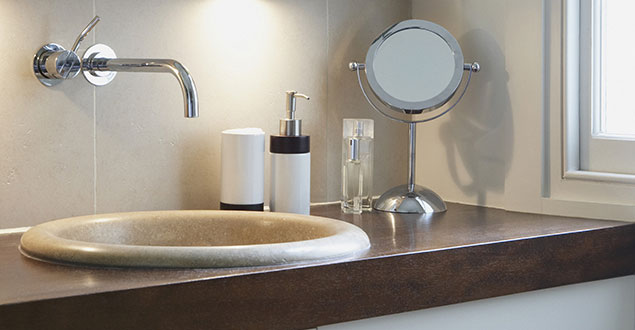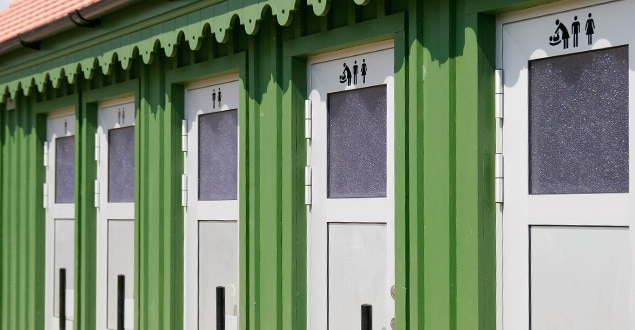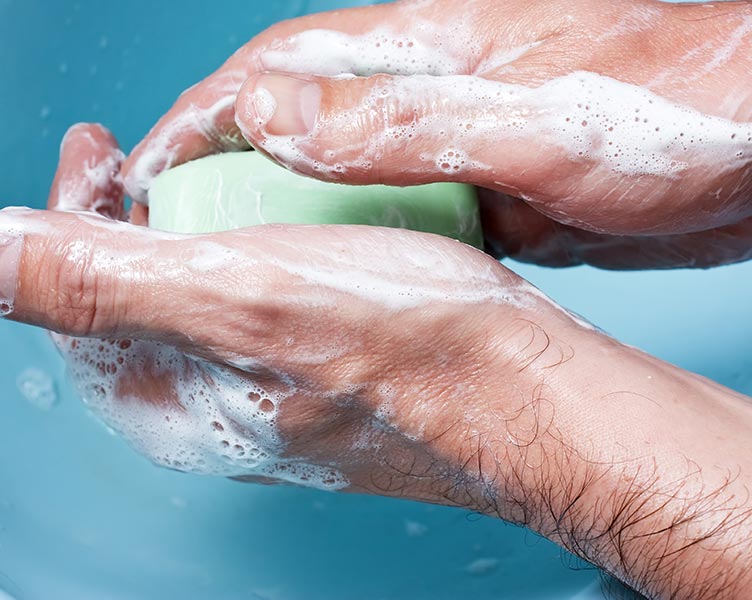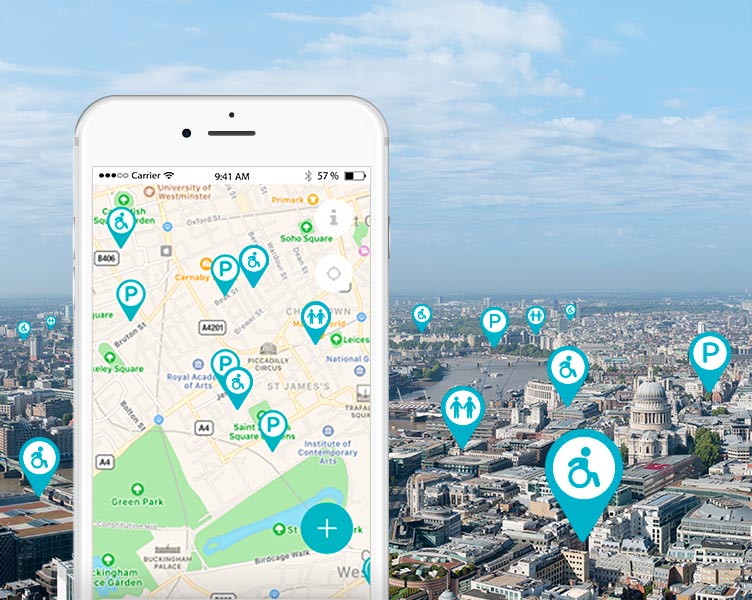
Where can I do ISC?
A suitable place for doing intermittent self-catheterisation is somewhere where you feel comfortable and at ease. It might help to map out places that you go to regularly so that you can plan ahead. There are three things that determine whether a place is suitable for doing ISC:

-Privacy
To have privacy when doing ISC is really important. Find out where the bathrooms are that give you the privacy you need. And plan your day so you can visit them as needed.
-Cleanliness
When ISC is performed, there is always a risk of infection, but your own bacteria are rarely the main reason for getting urinary tract infections – the risk actually increases when other people like your nurse or helper do it on you.
Whatever the location or circumstance, do not forget to wash your hands immediately before touching the catheter. If you need to touch anything (wheelchair rims, crutches, a bathroom door handle) after you’ve washed your hands, use hand sanitising gel or an antiseptic wipe before touching the catheter.
If you often suffer from urinary tract infections (UTIs) you might be concerned about doing catheterisation outside your home. Nevertheless, is important that you empty your bladder regularly, as urine left in the bladder is one of the main reasons for getting UTIs. So when you are out and about it is not a good idea to skip catheterisation – even though it can be difficult to find a clean bathroom.
-Facilities
How much space do you have, is the sink placed separately from the toilet room or – if you’re in a wheelchair – is there a ramp (and how steep is it) or how wide is the door?
You can use the smartphone app “WheelMate” to find the bathrooms that suit you the best.



